Atmospheric, Climate,
and Earth Sciences Division
Atmospheric, Climate,
and Earth Sciences Division
Projects and Focus Areas
ASGC researchers help lead and contribute to many projects aimed at increasing our fundamental understanding of and improving the precision with which models can predict future climate-related impacts in many forms and across a range of scales. Doing so can inform decisions with the potential to mitigate predicted impacts and protect Earth’s many interconnected systems. The following are some of these important projects.
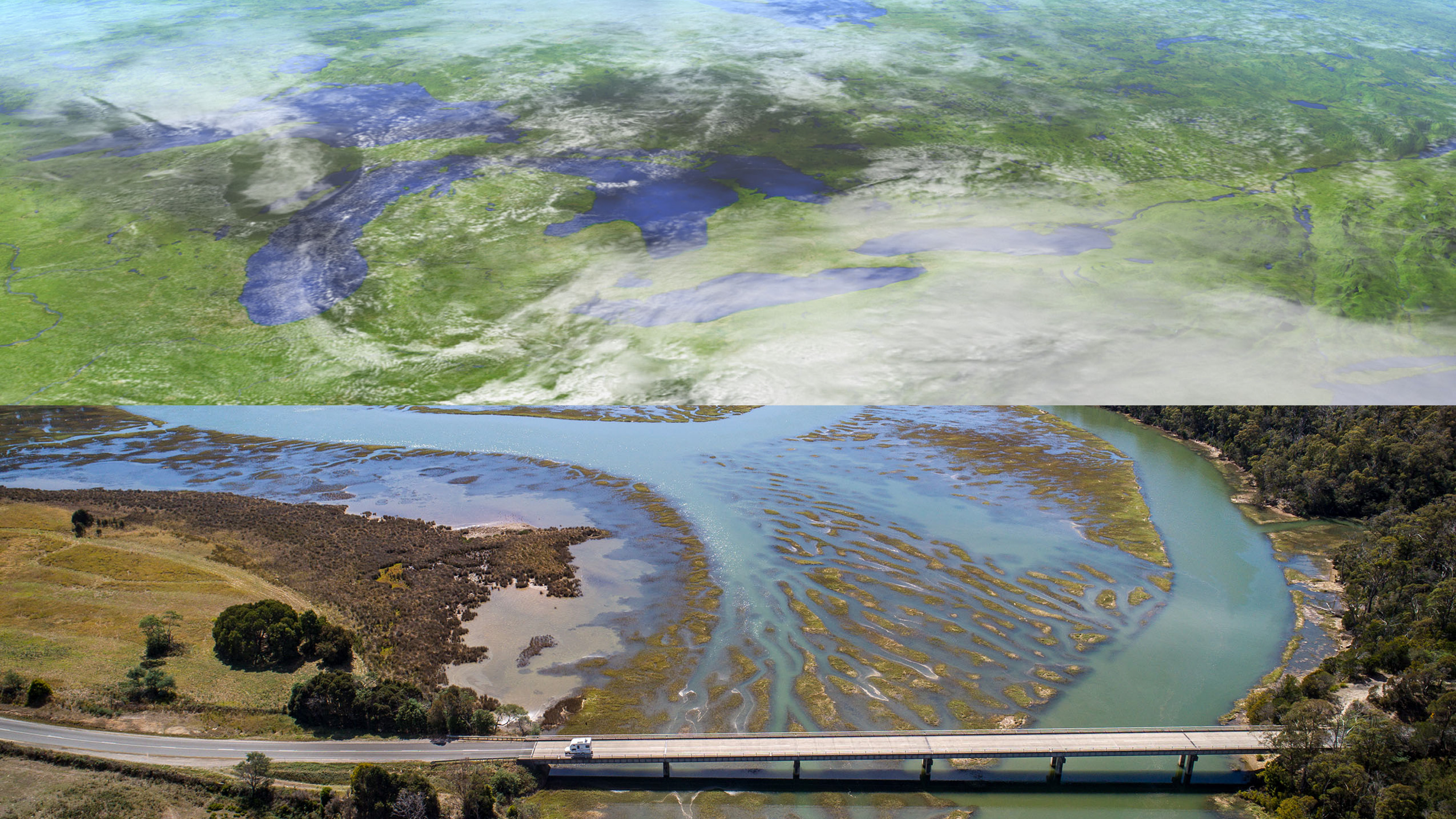 |
Coastal Observations, Mechanisms, and Predictions Across Systems and Scales (COMPASS)Helping dramatically enhance predictive understanding of coastal systems, including their response to short- and long-term changes. |
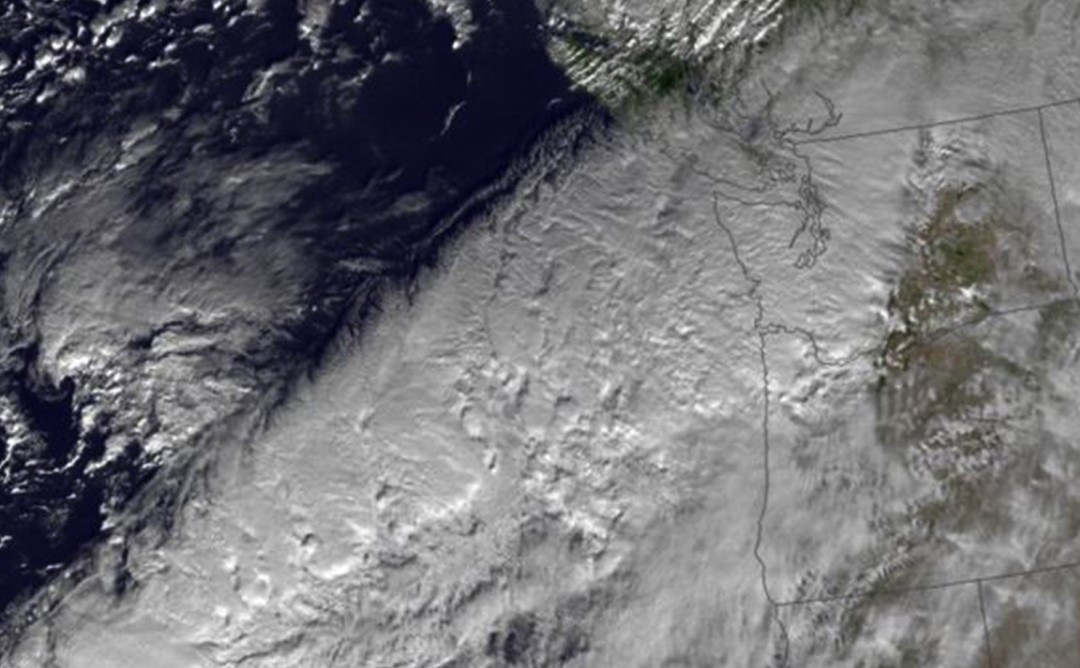 |
Enabling Aerosol-cloud interactions at GLobal convection-permitting scalES (EAGLES)Using robust and computationally efficient modeling techniques to simulate global convection to understand the role of aerosols and aerosol-cloud interactions for the Energy Exascale Earth System Model version 4. |
 |
Energy Exascale Earth System Model (E3SM)The Energy Exascale Earth System Model simulates and predicts significant, long-term changes at the regional level for air and water temperature, water availability, precipitation patterns, coastal flooding, and sea-level rise, revealing the implications of those changes for energy-sector decisions. |
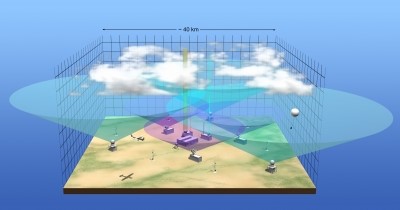 |
LES ARM Symbiotic Simulation and Observation Activity (LASSO)Providing a library of large-eddy simulation (LES) data to complement the Atmospheric Radiation Measurement (ARM) user facility, combining ARM observations and high-resolution model output. |
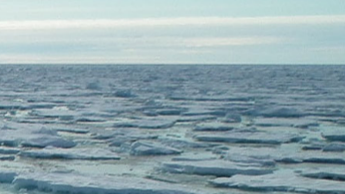 |
High-Latitude Application and Testing of Earth System Models (HiLAT)Answering Arctic and Antarctic climate change questions through targeted application of global modeling and analysis capabilities to evolving polar processes and their impacts. |
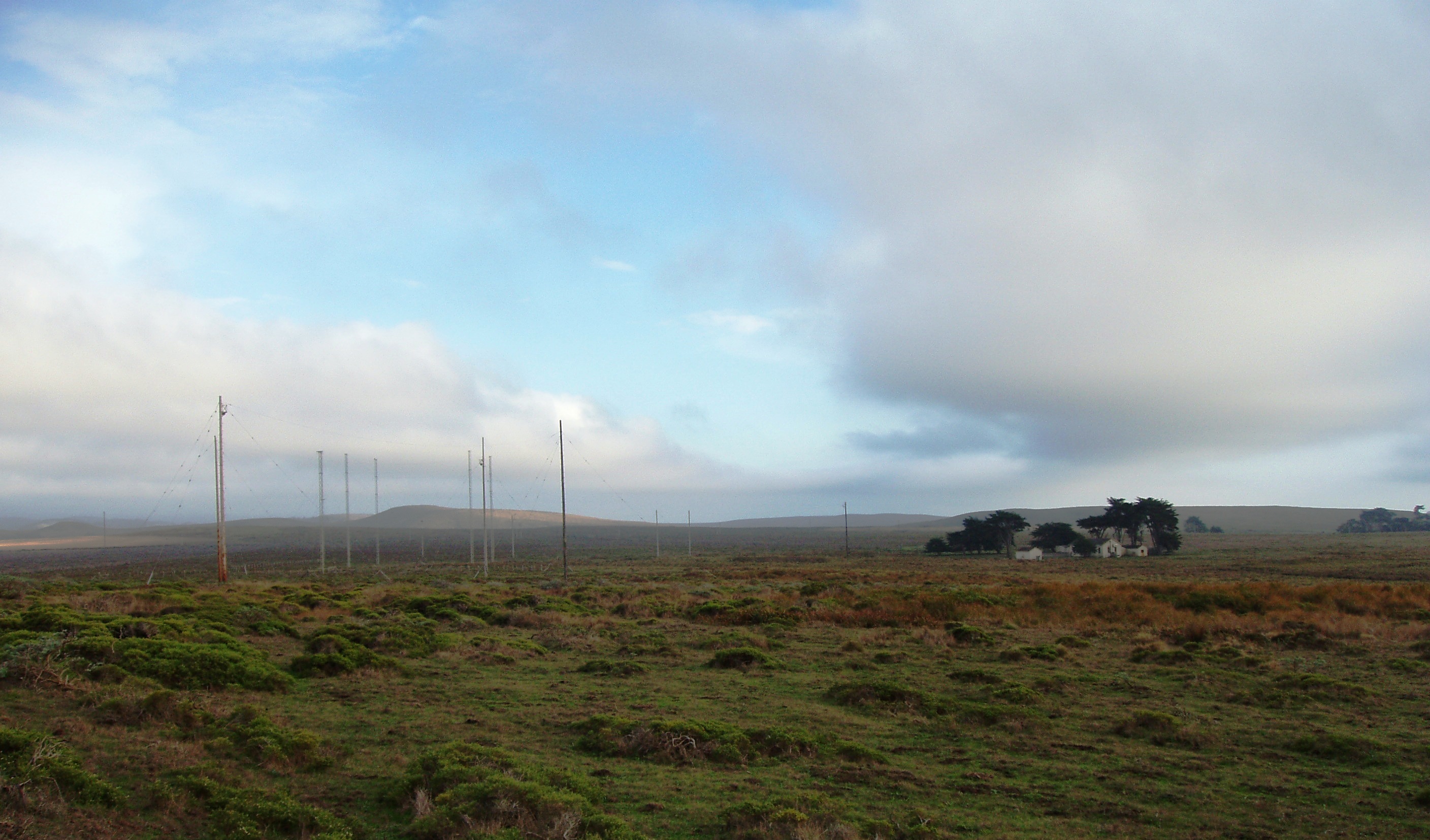 |
Integrated Cloud, Land-surface, and Aerosol System Study (ICLASS)Understanding and modeling key interactions among clouds, aerosols, and the surface of the land to sharpen the predictive capability of future Earth system models. |
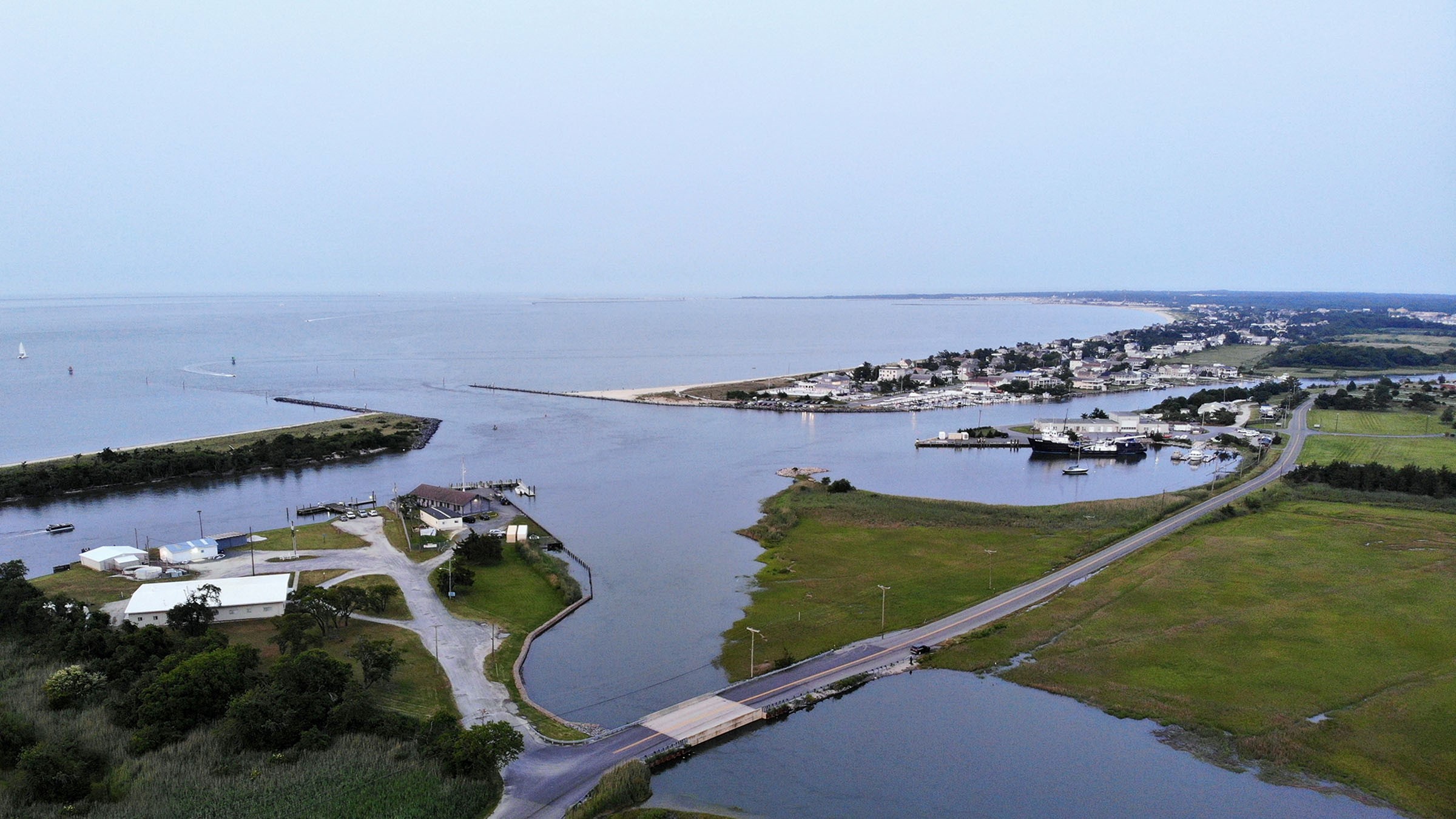 |
Integrated Coastal Modeling (ICoM)Delivering a robust predictive understanding of coastal evolution that accounts for the complex, multi-scale interactions among physical, environmental, and human systems. |
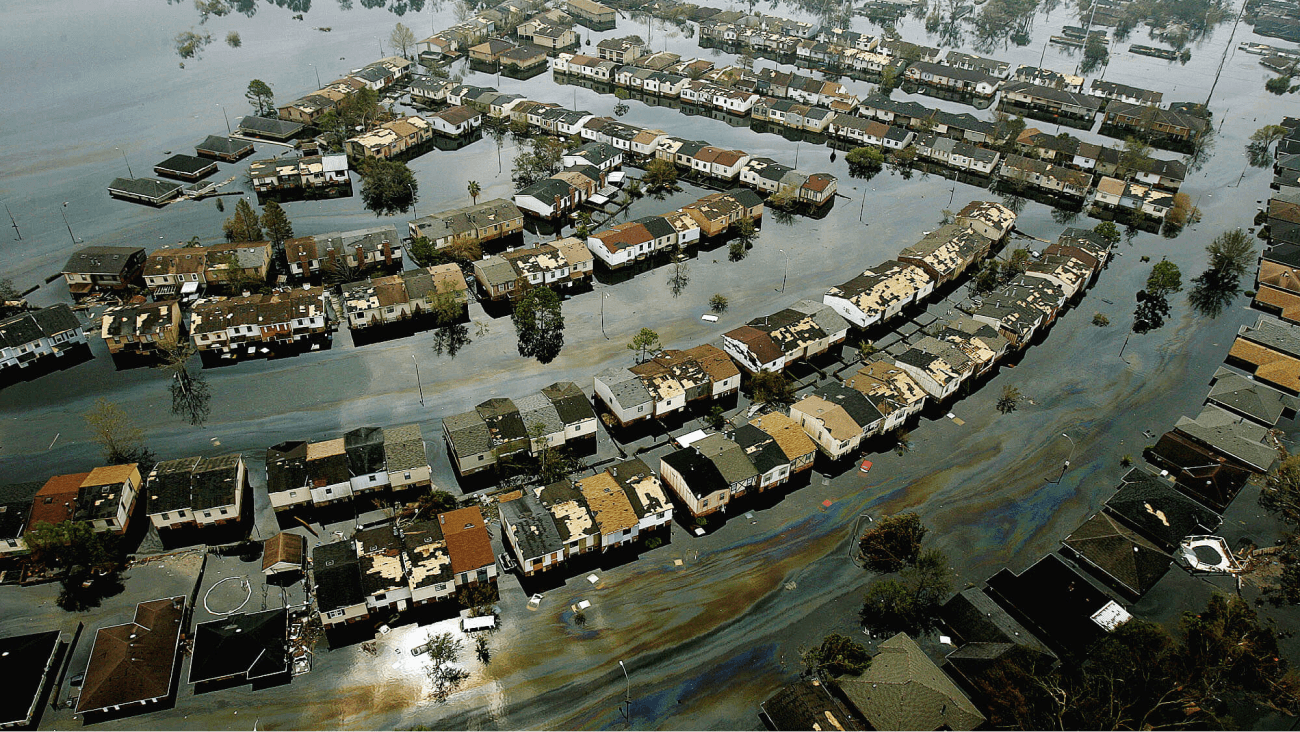 |
Integrated Multisector Multiscale Modeling (IM3)Innovative modeling to explore how human and natural system landscapes in the United States co-evolve in response to short-term shocks and long-term influences. |
 |
Scientific Discovery through Advanced Computing (SciDAC)Partnerships composed of applied mathematicians, computer scientists, and scientists from other disciplines designed to dramatically accelerates progress in scientific computing and deliver breakthrough scientific results. |
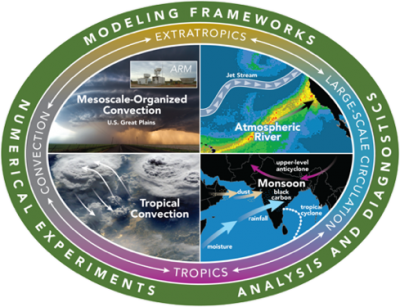 |
Water Cycle and Climate Extremes Modeling (WACCEM)Advancing predictive understanding of water cycle processes and their subseasonal-to-multidecadal variations and changes using models, observations, and novel numerical experiments and analysis methods. |